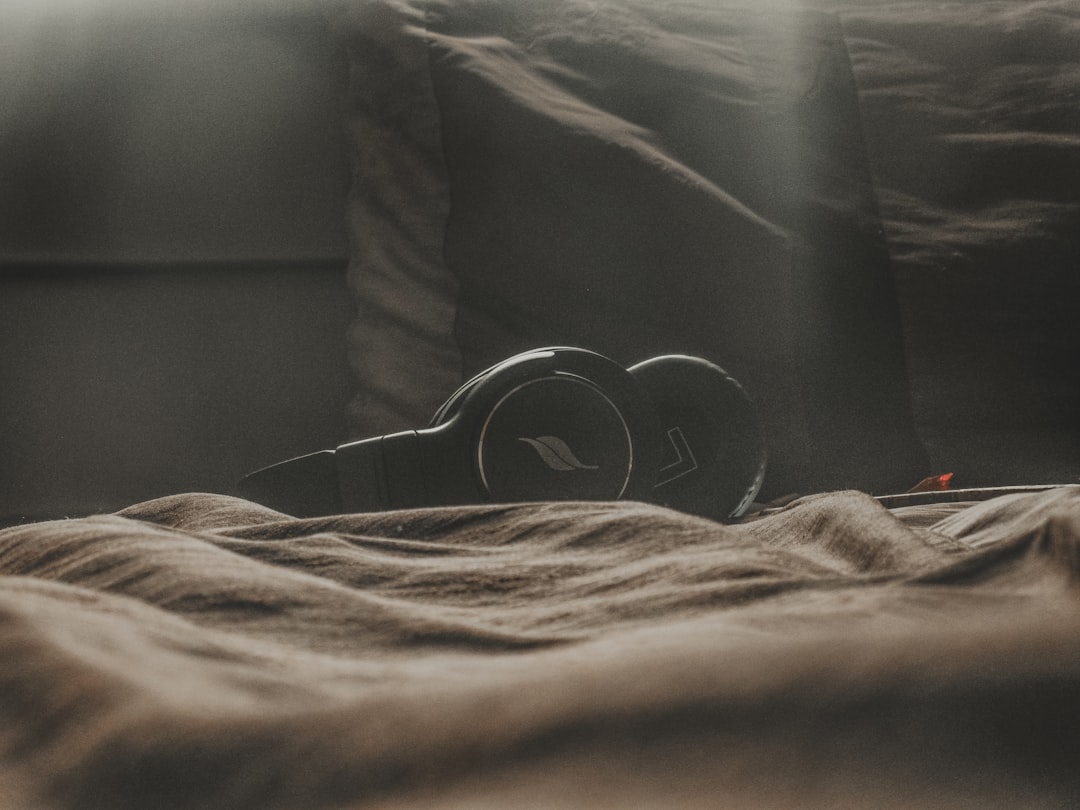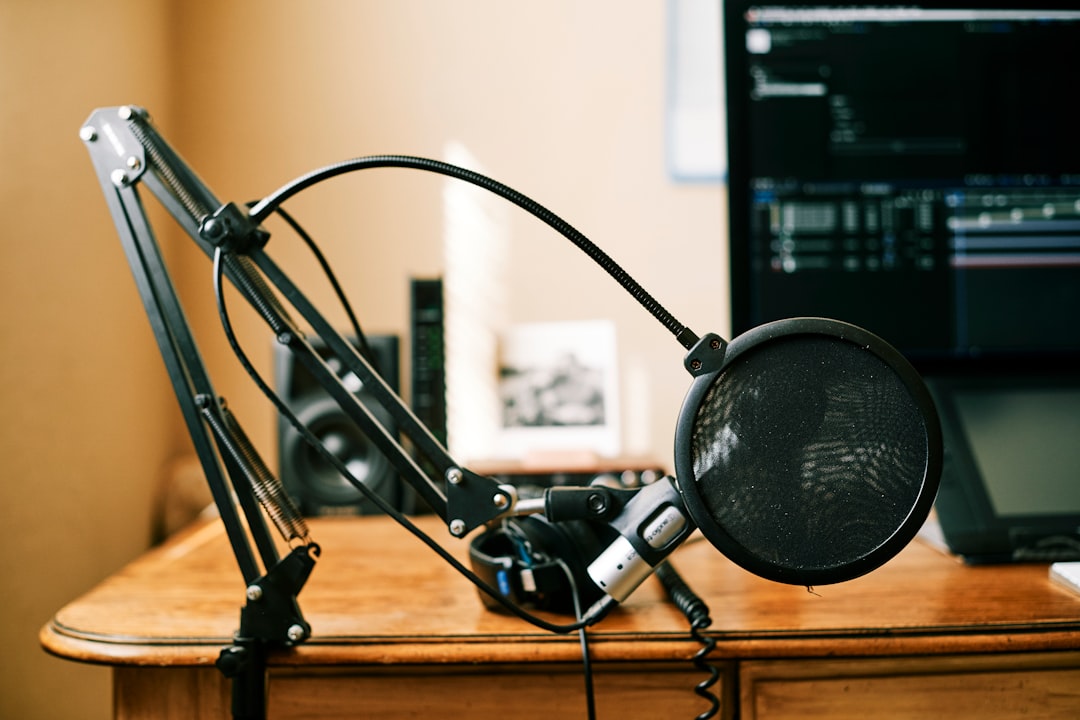How I Use Ambient Sounds for Relaxation and Sleep.
How I Use Ambient Sounds for Relaxation and Sleep
Life, as we all know, can be a relentless symphony of demands, deadlines, and digital pings. For years, my internal world mirrored this external chaos, especially when it came to winding down. My mind would race, replaying the day’s events or pre-planning tomorrow’s challenges, making true relaxation feel like a distant dream and sleep an even rarer luxury. I tried everything from herbal teas to elaborate bedtime routines, but the persistent mental chatter remained my most formidable opponent.
Then, almost by accident, I stumbled upon a simple, yet profoundly effective, solution: ambient sounds. It wasn’t a magic pill, nor a complicated therapy, but rather a subtle shift in my sensory environment that began to reshape my evenings and, ultimately, my entire relationship with rest. What started as a desperate attempt to drown out intrusive thoughts evolved into a carefully curated practice, an integral part of my daily quest for peace and restorative sleep. This isn’t about generic advice; it’s about my personal journey, the specific sounds I’ve grown to rely on, and how they’ve become my most trusted allies in navigating the modern world’s relentless hum.
My Journey from Restless Nights to Sonic Calm
For too long, my nights were a battlefield. I’d lie awake, staring at the ceiling, every creak of the house, every distant siren, every thought amplified to an unbearable degree. My sleep quality was abysmal, impacting my energy, focus, and mood throughout the day. It was a vicious cycle I desperately wanted to break. I remember the exact moment I considered ambient sounds: a friend, noticing my perpetual exhaustion, off-handedly suggested a white noise machine. Skeptical but desperate, I gave it a try.
My first experience was with a basic white noise generator. The immediate effect wasn’t a sudden slumber, but a noticeable reduction in the mental “noise.” The constant, gentle hum created a kind of auditory blanket, smoothing over the sharp edges of external distractions and softening the internal monologue. It wasn’t just about masking sounds; it was about creating a consistent, predictable sonic environment that allowed my brain to finally let go of its hyper-vigilance. This initial success was the spark that ignited my exploration into the broader world of ambient sounds, transforming my nightly routine from a struggle into a peaceful ritual.
Curating My Personal Soundscapes for Daily Unwinding
While sleep was my initial motivation, I soon realized the power of ambient sounds extended far beyond the bedroom. My days often involve intense focus, followed by periods where my mind struggles to disengage. This is where my “relaxation soundscapes” come into play. I’ve developed a personalized playlist for different moods and activities, a sonic toolkit for managing stress and enhancing focus without the pressure of needing to fall asleep.
For daytime relaxation, especially during short breaks or when I need to reset my focus, I lean heavily into nature-inspired sounds. The gentle lapping of ocean waves, the distant rumble of thunder accompanied by soft rain, or the subtle chirping of crickets on a summer evening are my go-to choices. These aren’t just pretty sounds; for me, they evoke a sense of being in a vast, natural space, far removed from urban anxieties. I often pair these with deep breathing exercises, allowing the rhythmic patterns of the sounds to guide my breath and slow my heart rate. It’s a mini-vacation for my mind, a quick escape that recharges me without requiring me to physically leave my workspace.

Finding My Flow with Focused Frequencies
Sometimes, relaxation isn’t about escaping, but about diving deeper into a task without distraction. For these moments, I turn to specific frequency-based sounds. Brown noise, with its deeper, richer hum, has become an unexpected ally. Unlike white noise, which can sometimes feel too high-pitched for sustained listening, brown noise offers a more grounding experience. I use it when I need to concentrate on writing or complex problem-solving, as it effectively mutes background chatter without being distracting itself. It creates a subtle, consistent backdrop that helps me enter a state of flow, almost like a sensory shield against the outside world. I’ve found that it helps me maintain focus for longer periods, reducing the mental fatigue that often accompanies intense work. It’s not about making me sleepy during the day, but about creating an optimal cognitive environment.
The Evening Ritual: Guiding Myself to Deep Sleep with Sound
When it comes to sleep, my approach is more structured and intentional. The transition from active day to restful night is crucial, and ambient sounds play a starring role in this nightly ritual. About an hour before I intend to sleep, I begin to dim the lights, put away screens, and introduce my chosen sleep sounds. This gentle initiation signals to my body and mind that it’s time to prepare for rest.
My primary sleep sound is a specific blend of pink noise, often layered with very subtle, distant rain. Pink noise, with its lower frequencies and deeper rumble than white noise, feels incredibly soothing to my ears. It’s like the gentle, consistent whoosh of a distant waterfall, rather than a sharp hiss. I find it particularly effective at masking sudden noises like traffic outside or my neighbor’s footsteps, preventing those jarring disruptions that used to pull me out of light sleep. I set a timer for 60-90 minutes, allowing the sound to gradually fade as I drift deeper into sleep. This gradual fade is key; it prevents any abrupt silence that might startle me awake.
Optimizing My Sonic Sleep Environment
Beyond the sound itself, the delivery method is important. I primarily use a dedicated sound machine placed a few feet from my bed, angled towards me. This provides a consistent, high-quality output without the distractions of a phone. I avoid headphones for sleep, as they can be uncomfortable and restrict movement. I also ensure the volume is just right – loud enough to mask disturbances, but not so loud that it becomes a distraction itself. It’s a delicate balance, but once you find your sweet spot, the consistency is incredibly reassuring. I’ve learned that consistency in sound type, volume, and duration is paramount for training my brain to associate these sounds with deep rest.
Beyond the Buzz: How Specific Frequencies Resonate with My Well-being
My journey has taught me that not all ambient sounds are created equal, at least not for me. While some people swear by specific binaural beats or ASMR, I’ve found my deepest connection with the “color noises” and natural soundscapes. It’s a very personal preference, and understanding why certain frequencies work for me has been crucial.
- White Noise: My gateway sound. It’s excellent for masking a broad spectrum of sounds due to its even distribution across frequencies. While effective, I sometimes find it a bit too “sharp” for prolonged relaxation.
- Pink Noise: My sleep champion. Its power is concentrated in the lower frequencies, making it feel softer and deeper than white noise. It mimics many natural sounds like rainfall or heartbeats, which I suspect contributes to its calming effect on me. Research suggests pink noise may even improve deep sleep, and my personal experience certainly aligns with that. The Sleep Foundation has some great insights into how different noises affect sleep.
- Brown Noise: My daytime focus enhancer. With even more energy in the lower frequencies than pink noise, it’s a deep, powerful rumble. I find it incredibly effective for blocking out distractions and fostering intense concentration without making me drowsy.
- Nature Sounds: My mental escape. Ocean waves, rain, distant thunder, or forest ambience are my preferred sounds for active relaxation or light meditation. They transport me, even if just for a few minutes, to a more tranquil setting, helping to reduce stress and promote a sense of well-being. Studies have shown the physiological benefits of listening to nature sounds, and I feel them firsthand.
It’s fascinating how different sounds can elicit such distinct responses. It’s not just about what sounds I hear, but how those sounds interact with my brain to create a desired state – be it focused concentration, gentle relaxation, or profound sleep.




Post Comment